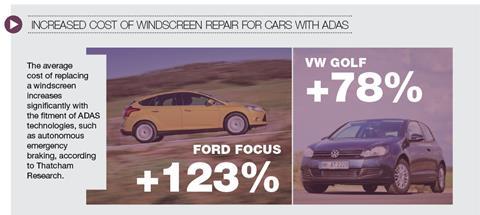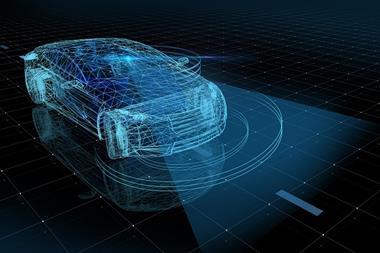While driver assistance features are improving safety on the roads, vehicles with advanced driver assistance features cost more to repair, a problem exacerbated by a fall in the number of bodyshops
Reforms under the Civil Liability Act, along with other initiatives, are expected to see a reduction in the frequency of personal injury claims.
However, the cost of repairing increasingly high-tech vehicles, including electric cars and vehicles with autonomous features, means the overall claims costs are trending upwards.
The ABI has warned that vehicle repair costs have grown by an average of 33% over the past four years and blames advanced driver-assistance systems (ADAS) for the spiralling costs, with 40% of vehicles expected to feature ADAS by 2020.
“The technology is making driving safer and there are fewer fatalities as a result of it, but it’s expensive and it needs specialist bodyshops to repair it,” says Mathew Kiff, corporate team leader at BHIB Insurance Brokers. “At the moment, while insurers are not really seeing the frequency of claims changing yet, the cost of repairing these newer vehicles is going up.”
Meanwhile, a nationwide fall in the number of bodyshops is exacerbating the issue, according to market researcher Research and Markets.
It says the shortage in repair capacity will also drive up insurance-related repair costs by a further 14%, adding that this is a conservative uplift estimate.
“The cost of parts alone in insurance-related repairs has risen by 40% in the past five-years, which presents a concern for motor insurers,” it notes. “New technologies in vehicle design, including ADAS, have had a bearing on driving up repair costs.
“A vehicle’s integral adaptive features, such as automated lighting, adaptive cruise control, lane departure warning systems, automatic lane centring, and so on, require technical repairs to be completed by highly competent staff and to be calibrated following an accident. This also presents bodyshops with a challenge due to a skills shortage.”













































No comments yet